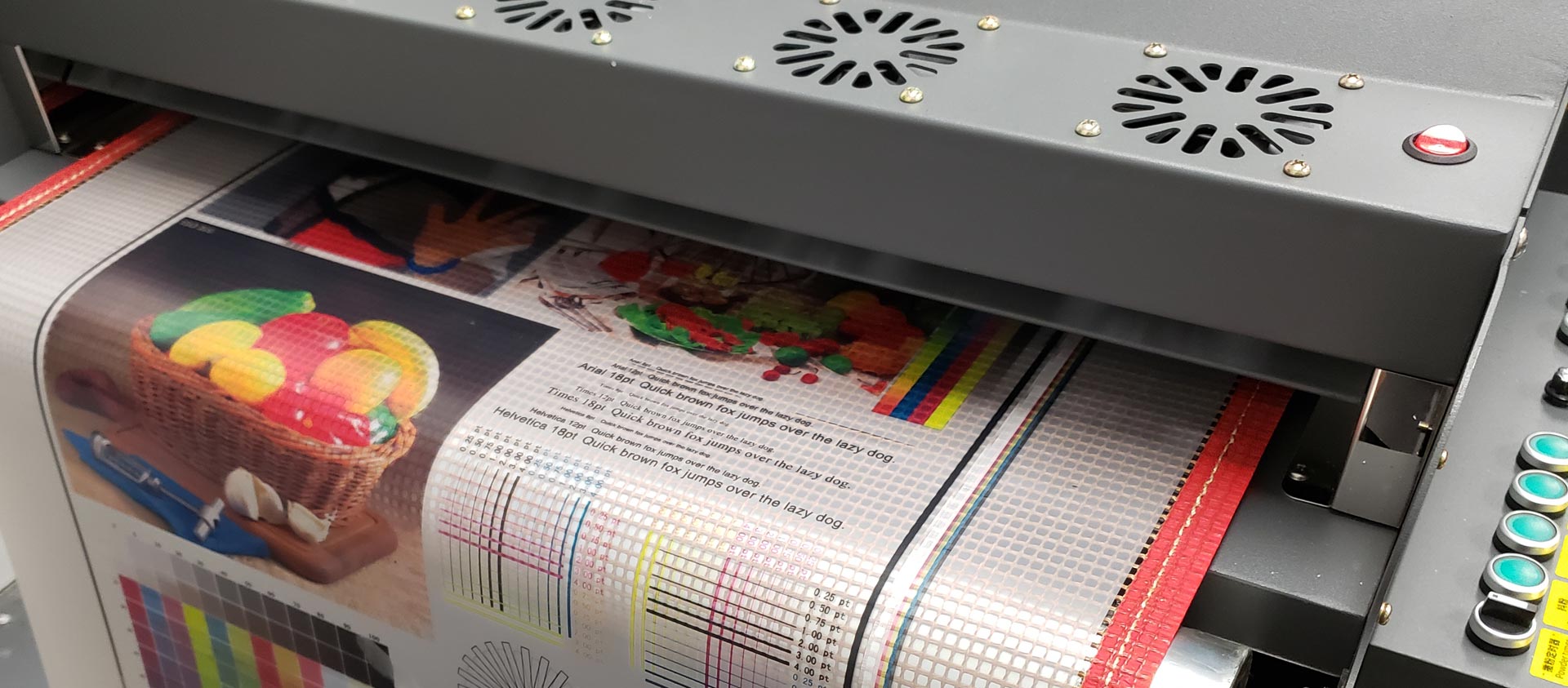DTF Printing Revolution: Letting Loose Creativity in Fabric Design and Manufacturing
DTF Printing Revolution: Letting Loose Creativity in Fabric Design and Manufacturing
Blog Article
Ultimate Overview to DTF Printing Strategies for Spectacular Fabric Designs
Embarking on the trip of mastering DTF printing strategies can open up a world of possibilities for developing visually exciting fabric layouts. In this overview, we will discover the detailed details of DTF printing, from realizing the basic fundamentals to unraveling advanced color methods that can elevate your designs to brand-new heights.
Comprehending DTF Printing Essentials
DTF printing, a procedure that entails moving designs from an unique film to textiles making use of warm and pressure, creates the structure of textile printing techniques. This ingenious method permits top quality, vibrant styles to be perfectly moved onto different materials with accuracy and detail. The primary step in DTF printing entails producing or picking a design that will be published onto the fabric. This layout is then printed onto a special film making use of a DTF printer, which makes use of particular dyes or pigments to ensure color accuracy and sturdiness.
The last outcome is a spectacular, durable fabric style that is cleanable, versatile, and resistant to fading. Overall, recognizing the essentials of DTF printing is vital for mastering this modern textile printing technique.
Picking the Right Textile Products
Having actually established the foundational principles of DTF printing methods for textile styles, the next critical consideration exists in choosing the proper textile products to match this cutting-edge process effectively. Furthermore, the stretchability of these materials can suit the warmth transfer procedure included in DTF printing without misshaping the design. By picking the best fabric materials, designers can optimize the possibility of DTF printing to produce stunning and durable textile styles.

Understanding the Printing Process
To master DTF printing techniques for textile designs, mastering the printing process is important for accomplishing regular and high-quality results. The printing procedure in DTF involves a number of essential actions that need accuracy and attention to information. First of all, preparing the artwork for printing is essential. This consists of ensuring the design is properly sized and positioned for the fabric. Next, the style is published onto an unique DTF film utilizing a suitable printer with the appropriate settings to attain ideal color vibrancy and clearness (DTF Printing). Once the design is published, it is after that transferred onto the fabric utilizing a heat press maker. The temperature level, stress, and duration of heat application should be carefully controlled to make certain appropriate attachment of the design to the textile. Additionally, grasping the peeling procedure after heat pushing is crucial to stop any damages to the layout or fabric. By honing each of these steps in the printing process, designers can regularly create resilient and sensational textile styles with DTF printing strategies.
Enhancing Styles With Shade Strategies

Furthermore, trying out color slopes can bring a feeling of activity and fluidity to the layout. By blending colors flawlessly, a gradient helpful site impact can pop over to this site be achieved, adding a dynamic and modern touch to the fabric design. Additionally, making use of color obstructing techniques can produce bold and striking visuals by comparing various strong colors in distinct areas of the design.
Furthermore, incorporating metallic or neon shades can supply a attractive and special aspect to the textile layout, making it attract attention and exude a feeling of vibrancy. When tactically applied, these color methods can raise the total aesthetic charm of textile styles, making them a lot more remarkable and fascinating.
Troubleshooting Common DTF Printing Issues
After exploring various shade techniques to improve textile layouts, it is necessary to resolve typical DTF printing problems that might occur throughout the production process. One typical issue is bad attachment, which can arise from inappropriate treating times or temperature levels. To solve this issue, make certain that the curing setups are exact which the sticky utilized is suitable for the details material being published on. Another frequent challenge is color inconsistencies, where shades might show up in a different way than expected. This can be caused by inaccurate color accounts or settings in the printing software. To tackle this, double-check the color setups and accounts to guarantee they match the desired style. Furthermore, concerns with picture clearness and sharpness can happen due best site to low-resolution images or incorrect printing strategies. To resolve this, constantly use high-grade images and change the printing settings for optimal clearness. By recognizing these typical problems and implementing the essential troubleshooting actions, you can boost the overall top quality of your DTF published fabric layouts.
Final Thought
In conclusion, grasping DTF printing strategies is vital for developing spectacular textile styles. With practice and focus to information, one can develop distinct and gorgeous textile layouts using DTF printing techniques.
Layouts))))
DTF printing, a procedure that involves moving layouts from an unique film to fabrics utilizing warmth and stress, creates the structure of textile printing methods.Having developed the foundational concepts of DTF printing techniques for fabric styles, the following crucial consideration lies in selecting the ideal textile materials to complement this ingenious process properly. By picking the right textile materials, designers can maximize the potential of DTF printing to develop spectacular and long-lasting fabric styles.
To succeed in DTF printing strategies for fabric designs, grasping the printing procedure is essential for achieving constant and high-grade results. DTF Printing. By honing each of these steps in the printing process, developers can continually generate durable and spectacular fabric layouts with DTF printing techniques
Report this page